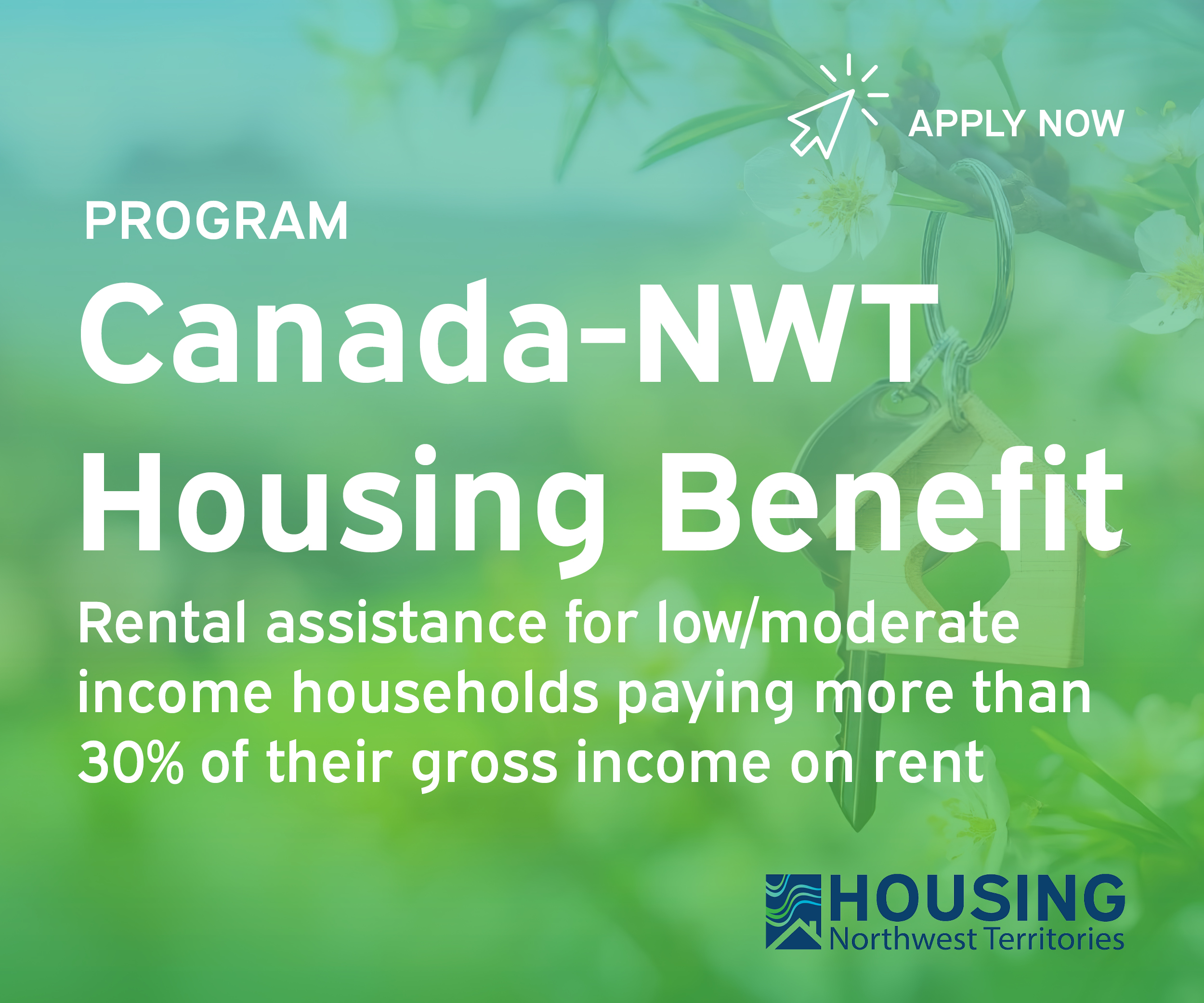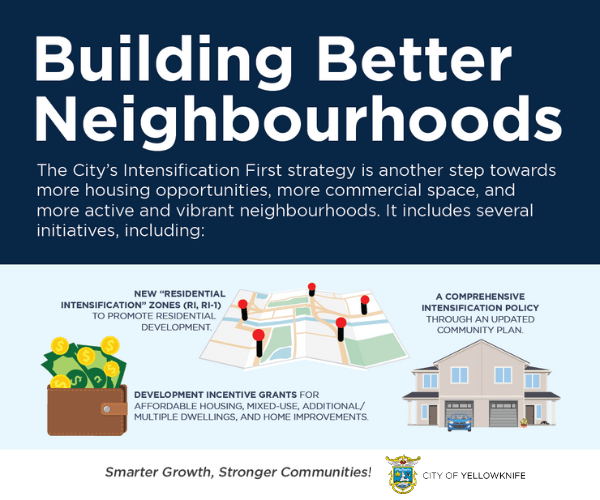Northerners need a monthly internet subsidy to offset the cost of getting online, telecoms regulator the CRTC decided in January.
In the weeks since, companies who provide internet to the North have been telling the CRTC what they think that subsidy should look like – how much people should get and who should get it.
Governments, First Nations and residents have contributed comments, too.
The CRTC is now tasked with making a decision in the months ahead.
Here’s a breakdown of the feedback the CRTC received.
The CRTC’s initial guidance
In January, the CRTC said internet prices in the North “are too high,” quality is “far lower and less reliable” than in the south and there is not enough choice of provider.
The CRTC said northerners should expect a subsidy that bridges the gap between what they now pay and what southerners pay. The regulator noted that residents of the North “on average pay $72 more per month for internet” than the rest of Canada, but only one in five northern households had “internet access that meets their daily needs.”
The subsidy will be paid for from the National Contribution Fund, into which telecoms companies across Canada pay fees.
Cash from the subsidy would be paid to the telecoms company that offers you service, then your bill would be reduced accordingly – with a line on your bill showing how much the subsidy was worth.
The CRTC then opened it out for comment. What should the subsidy be and what else do providers, governments and others think?
Northwestel says $25 subsidy is enough
Northwestel said a $25 monthly subsidy would be a “meaningful amount of money for consumers in the Far North.” (The CRTC defines the Far North as all three territories plus some parts of northern BC and Alberta.)
The company, which supplies internet to many NWT homes, said its $25 figure is “supported by data regarding price disparities between the Far North and elsewhere in Canada after considering income differences.” Northwestel said that figure would also be low enough to avoid any company receiving a subsidy that’s higher than the amount the customer pays – in other words, making a profit on the subsidy.
Northwestel says only residents, not businesses, should get the subsidy, and companies that offer the same price nationwide should be excluded.
Who offers the same price nationwide? Starlink.
Giving the subsidy to Starlink customers “will produce the perverse result that subscribers in the Far North will have less expensive service than equivalent subscribers in southern Canada, and that revenues collected from southern Canadian consumers will be used to subsidize Starlink’s bottom line,” Northwestel asserted. (The National Contribution Fund, from which any subsidy will be paid, is essentially built up through tiny contributions from everyone who pays for any telecoms service across Canada.)
Lastly, Northwestel said the Peace River Regional District – which had asked for the inclusion of more northeastern BC communities in the subsidy – should be told ‘no.’
Northwestel is still owned by Bell, despite an Indigenous consortium being in the process of trying to acquire the company. That deal has not yet gone through.
Starlink wants to be included
Elon Musk-owned SpaceX, which operates Starlink, usually cannot be dragged kicking and screaming to comment on anything. But Starlink showed up for the subsidy discussion.
Starlink wants a subsidy based solely on location – in other words, any subscriber in the Far North gets it – and argues its customers should be included.
“Starlink has made a commercial decision to harmonize its pricing across all of Canada, rather than increasing pricing in the Far North to offset the higher costs,” the company wrote.
“This uniform national pricing model is designed in a way that is entirely beneficial for remote residents of the Far North. Bell and Northwestel are essentially asking the CRTC to adopt policies that discourage this type of decision-making, and encourages nationwide providers to charge higher rates in the Far North compared to the rest of Canada. This is an outcome that the CRTC surely wants to avoid.”
Starlink insists it also faces “challenges” operating in Canada’s North, despite its service coming solely from satellites rather than any cable infrastructure on the ground.
Excluding it from the subsidy would “serve to reduce competition by prioritizing and selectively subsidizing more costly and less effective legacy technologies,” the company asserted.
$10 is appropriate, says Telus
Telus said the subsidy should only be available to lower-income households.
Limiting who can receive the subsidy would “discipline” the amount of money needed to fund it, Telus argued.
Many other interveners argued for subsidies at or near the $72 that the CRTC said was the existing difference between the average northern and southern monthly internet bill.
The Taku River Tlingit First Nation said any subsidy “should offset the entire difference.” SSi Canada, a smaller northern internet provider, said the subsidy should cover “the largest possible percentage” of the difference.
Iristel, another smaller northern operator, said pinning the subsidy at $72 would be appropriate.
“Unsurprisingly, the four largest telecommunications companies in Canada (Bell, Telus, Rogers, and Quebecor) have proposed small subsidy amounts, or no subsidy at all,” Iristel noted.
“Rather than engage in meaningful discussions on the appropriate amounts, they seek to limit their contribution.”
Iristel stated that the “subsidy being proposed accounts for 0.005 percent of the annual Canadian telecommunications revenue,” referring to other providers’ concern that the whole of Canada is being asked to pay for the subsidy. (The Financial Post had, in February, run a column decrying the idea that all of Canada should be on the hook for a northern subsidy. At least one internet provider cited that column in their response to the CRTC.)
GNWT gives CRTC two options
The NWT government said the North is essentially split into two groups: people who have fibre access and people who need satellite-based internet.
The GNWT said one option could be to split the subsidy based on those two groups. The territory recommended a subsidy of $45 a month for residents and $70 for businesses in fibre communities, then $70 a month for residents and $95 for businesses in satellite communities.
The other option, the territory added, is for one “uniform subsidy” that disregards what kind of internet is available to northerners. If that’s the preferred option, the GNWT recommended subsidies of $55 a month for residents and $80 a month for businesses.
Initially, the GNWT had supported Starlink being included in the subsidy. However, the territory has had second thoughts since the Trump administration began its trade war.
“GNWT is supportive of a ‘Team Canada’ response to the economic threat posed by these US customs duties and other forms of intimidation, including implementing retaliatory trade and other measures,” the territory wrote in its submission.
That means the NWT would “be supportive of a CRTC decision to exclude US-owned ISPs from the receipt of the internet subsidy.”
Related Articles










